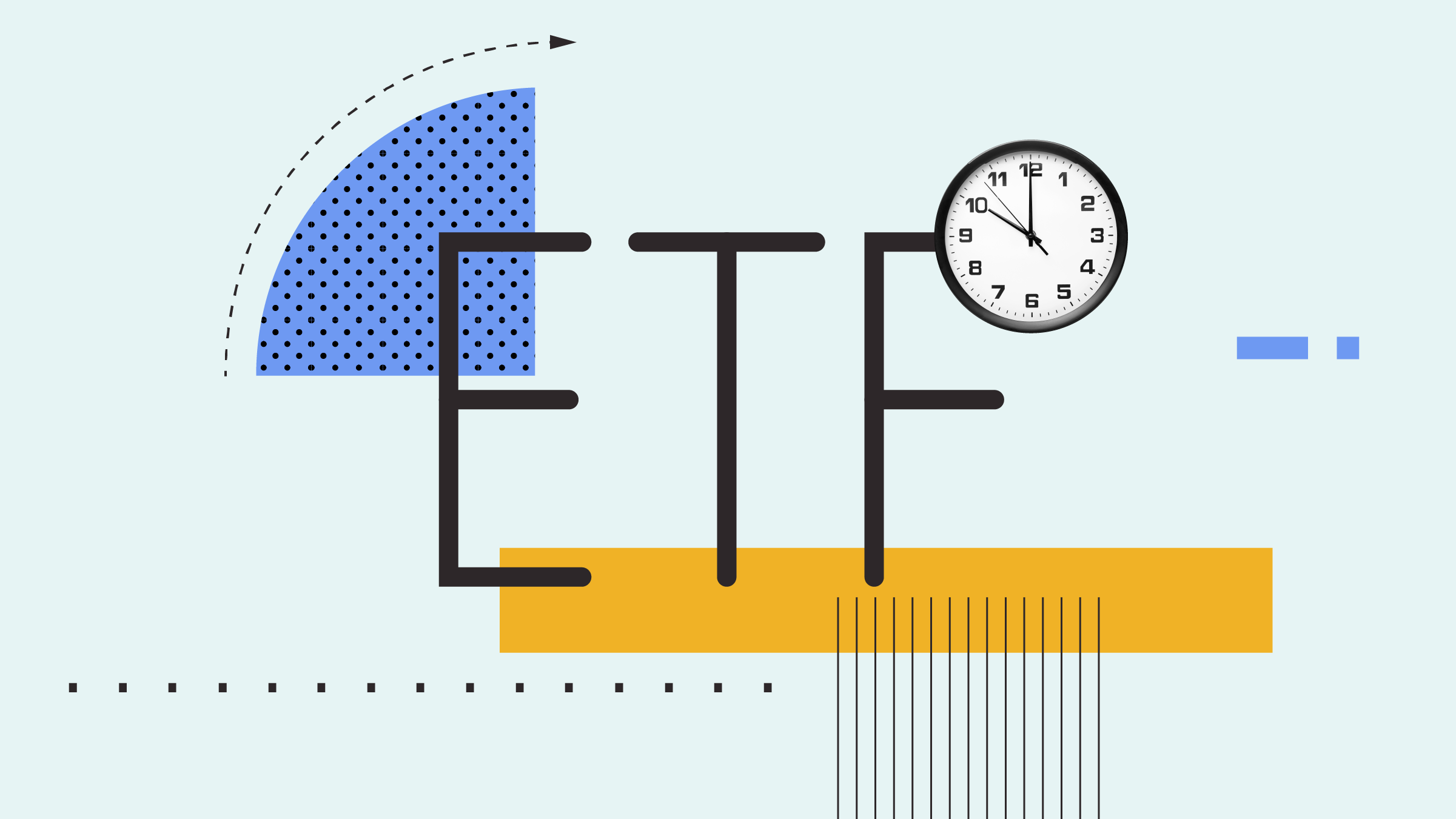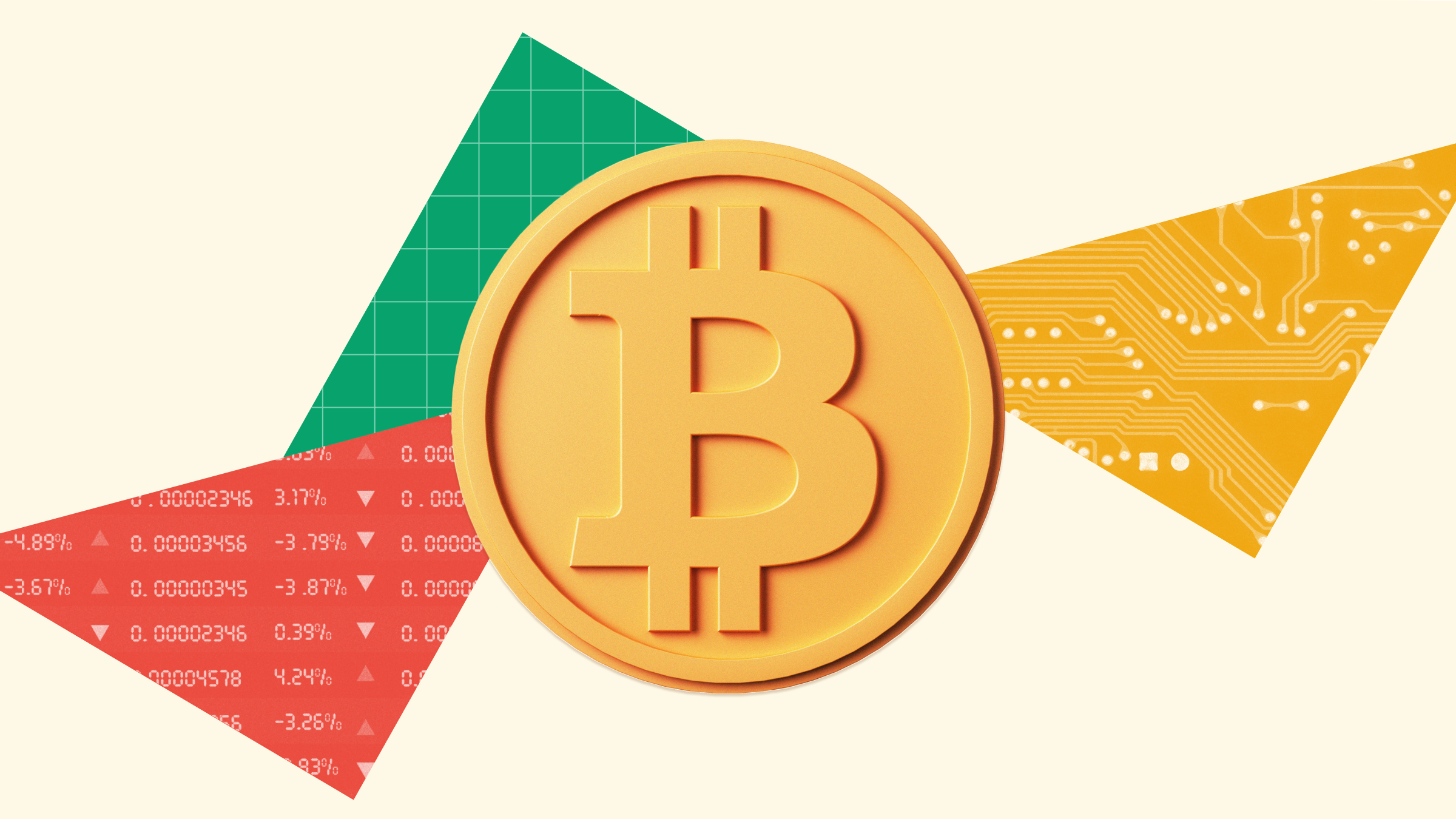
Morningstar has just published the Global Equity Income Landscape for 2023 and the findings will make pleasant reading for some active managers.
After a huge year for inflows in 2022 as investors rediscovered their appetite for yield, 2023 looks set to be the best year since 2014. But while the flows have been positive, global equity income funds have taken the lion's share of the new money – nearly €25 billion (£21.4 billion) versus outflows for UK, Europe, US and Asia-Pacific so far this year.
"After a long period of fading investor interest, the regime shift in central bank policy sparked renewed investor appetite for dividend strategies," according toGlobal Equity Income Landscape: The Renaissance of Global Dividends, authored by Morningstar's Monika Calay, director of passive strategies research EMEA, and Jeffrey Schumacher CFA, director of of manager research EMEA.
The Key Takeaways
Global Funds are Preferred
Global funds give investors something that regional ones can't, even if these markets were traditionally strong hunting grounds for yield seekers.
"While Europe and the UK are home to a vast universe of robust dividend-payers and higher-yielding stocks, investors increasingly opt for the significantly wider opportunity set that global approaches offer," Calay and Schumacher say.
"It enables portfolio managers to invest in sectors that might be hard for regional strategies to get exposure to. The technology sector is a striking example, as several US-based technology companies poses many characteristics that dividend investors look for."
Active Funds Dominate
In many other investing categories, passive funds are dominant in terms of fund flows, but income is the exception.
The 10 largest income funds in Europe include just one passive fund – Vanguard FTSE All World High Dividend ETF – which has a Morningstar Medalist Rating of Gold.
Still, passive strategies are gaining market share, from 1.6% to 8.7% in the 10 years to the end of October 2023. And passive funds now have more than €10 billion of assets under management.
Dividend funds also have a high survival rate, with 66% of active funds making it to their 10th birthdays, and that rises to 90% for passive funds.
They Can Be More Flexible Too
Passive income strategies are low cost of course, but often focus on yield, which is a backward-looking metric too.
"Screening for the highest yields can lead to significant sector concentrations and increases the risk of dividend cuts if the generous yields prove unsustainable," the report says.
In contrast, active funds can focus on sustainable and growing dividends, the key factors for income investors.
"A key advantage of actively managed dividend funds is their emphasis on forward-looking fundamental analysis to not only assess the potential for dividend growth, but more importantly, to carefully examine the sustainability of dividends."
It's a Concentrated Market
The 10 largest global dividend strategies collectively managed €73.7 billion in assets at the end of October 2023, adding up to a market share of 60%.
"DWS remains a dividend powerhouse, as its flagship strategy, DWS Top Dividende, has grown into a €21.2 billion behemoth," the authors say.
Approaches are not Homogeneous
The report screen the funds based on seven factors: style, yield, momentum, quality, volatility, liquidity, and size. While most global dividend funds exhibit a value bias and offer a relatively high yield, the approach can vary significantly for active funds. Passive income funds are a diverse bunch too: a mixture of developed and emerging markets, different benchmarks, weightings, as well as quality and ESG screens.
Tech exposure, a source of success for all funds in previous years (apart from 2022) also varies. Asia-Pacific ex Japan Equity Income funds have the highest tech exposure, over 20%, followed by US and Global Equity Income with around 15%. Europe and UK categories have less than a 5% weighting each.
Different approaches and exposures mean not all dividend strategies are resilient in tough times, a traditional aspect of "defensive" equity income portfolios. Indeed, the report's authors single out two funds: "M&G Global Dividend's performance pattern, driven by its meaningful exposure to cyclical companies, has been more erratic than many peers. It only fared better than the broader market in the 2022 fall. Similarly, Kempen Global High Dividend's strong value tilt proved painful during the coronavirus pandemic," they say.
Yields vary too, with US strategies offering over 3% and the UK, Europe and Asia funds yielding around 5%.
Methodology
The dataset comprises active and passive mutual funds and exchange-traded funds across the Europe, Africa, and Asia (EAA) Global Equity Income Morningstar Category.
This article was compiled by James Gard





























